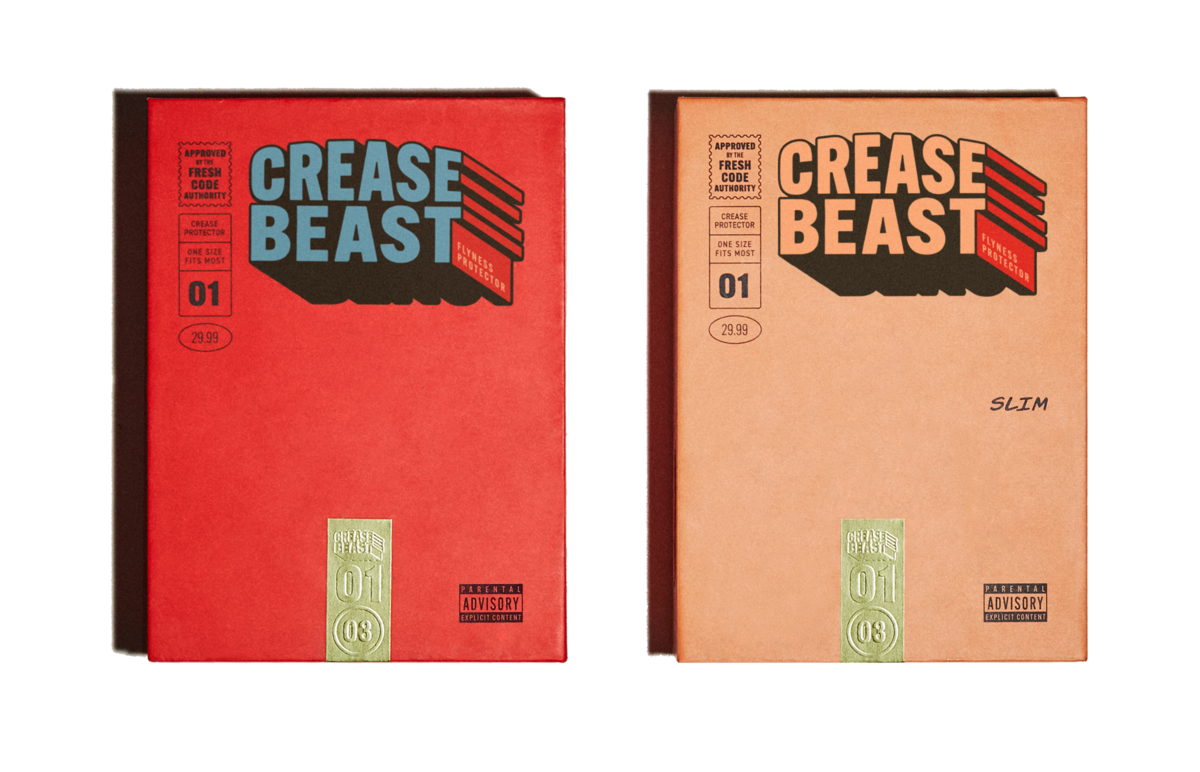Crease Formation in Kids' Shoes
When it comes to kids' shoes, it is important to consider various factors that can impact crease formation. Creases can form in shoes due to a combination of factors such as the way kids walk, the type of footwear they wear, and the level of support provided. In this article, we will explore these key factors and discuss the tradeoffs involved in finding the right balance.
Kids' Walking Patterns
The way kids walk can significantly affect crease formation in their shoes. Children often have a more lively and active gait compared to adults. Their constant running, jumping, and playing can exert additional pressure on their shoes, leading to increased crease formation. Additionally, kids may have different walking patterns, such as rolling their feet inward or outward, which can further contribute to creases in specific areas of the shoe.
Footwear Type
The type of footwear kids wear is another crucial factor. Different shoe designs and materials can affect crease formation differently. Shoes made from stiffer materials, such as leather, may resist creasing to a greater extent compared to shoes made from more flexible materials like canvas. However, overly stiff shoes can restrict natural foot movement and negatively impact comfort and overall foot health. It is important to strike a balance between crease resistance and comfort when selecting kids' shoes.
Support and Flexibility
Proper support and flexibility in kids' shoes are essential for healthy foot development and reducing crease formation. Shoes that provide good arch support and cushioning can help distribute pressure evenly and reduce the likelihood of creases. However, shoes that are too rigid can limit natural foot movement and hinder proper muscle development. Finding the right balance of support and flexibility is crucial to ensure foot health and minimize crease formation.
Preventing and Managing Creases
While it may not be possible to completely eliminate crease formation in kids' shoes, there are steps that can be taken to reduce their occurrence and manage them effectively. Some preventive measures include:
- Choosing shoes with appropriate sizes and widths to allow ample space for foot movement
- Opting for shoes made from materials that offer a good balance of flexibility and durability
- Considering shoes with reinforced toe boxes to minimize creasing in that area
- Using shoe inserts or insoles to provide extra support and cushioning
Furthermore, it is important to regularly inspect kids' shoes for signs of excessive wear and tear. Timely replacement of worn-out shoes can help prevent discomfort and further crease formation.
The Impact on Kids' Feet
Considering the impact of crease formation on kids' feet is crucial. Excessive creasing can lead to discomfort, blisters, and even foot conditions such as corns and calluses. It is important to prioritize foot health and ensure that the shoes kids wear provide the necessary support and flexibility to mitigate these risks.
In conclusion, crease formation in kids' shoes is influenced by various factors including walking patterns, footwear type, and support. While it may be challenging to find the perfect balance, it is crucial to consider the impact on kids' feet when making decisions about their footwear. By selecting shoes that offer appropriate support, flexibility, and comfort, parents can help reduce the occurrence of creases and promote the healthy development of their children's feet.
